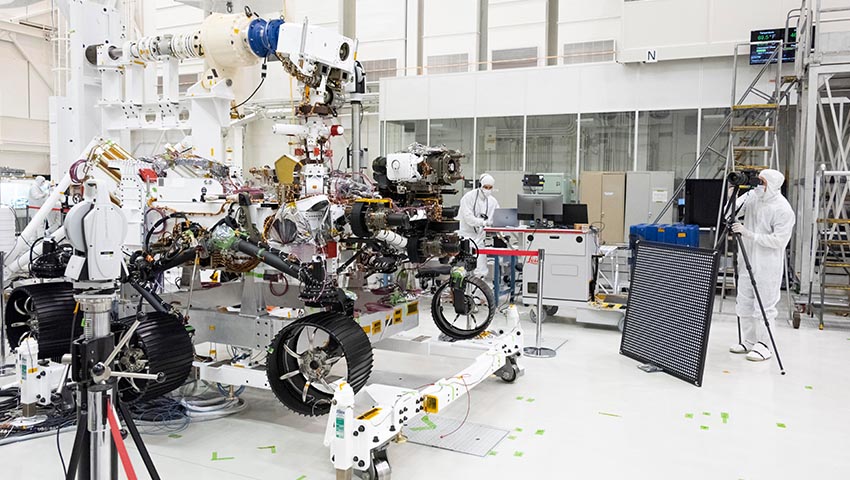NASA annually invests in US small businesses with promising new technologies – companies developing better batteries, virtual assistants, lightweight materials and more. These technologies can benefit space missions, as well as improve life on Earth.
The Phase II awards will help advance NASA priorities, including the Artemis program, as well as other initiatives in aeronautics, human exploration and operations, science, and space technology.
Jim Reuter, associate administrator for NASA’s Space Technology Mission Directorate in Washington, explained, “Small businesses offer innovative solutions that benefit every area of NASA and often find applications outside of the agency. This announcement is another step forward in NASA’s Moon to Mars exploration approach. The agency continues to invest in and support small businesses, as they continue to mature important technologies for future missions that can also benefit us on Earth.”
The selected companies are previous NASA SBIR Phase I award recipients who successfully have established the feasibility of their proposed technologies.
As Phase II awardees, the companies will develop, demonstrate and deliver their technologies to NASA. Among the Phase II selections are:
- A woman-owned small business in Gaithersburg, Maryland, that will develop a more reliable and highly efficient energy storage system. NASA could use the technology for electric and hybrid-electric propulsion systems in airplanes. The technology could also be used in renewable energy systems, such as solar, wind, and hybrid-electric vehicles.
- A small business in Knoxville, Tennessee, that will advance a lighter-weight shield material for fission power systems – a technology that could help power sustainable operations on the moon. The material could find other industrial applications on Earth.
- A small business in Ann Arbor, Michigan, that will mature technology that could provide astronauts with a virtual assistant aboard spacecraft. The system would be able to interact with the crew and other spacecraft systems to perform tasks, diagnose problems and brainstorm solutions without help from ground teams. The technology could be adapted for use on Earth, including by the medical industry to support patient diagnosis and treatment.
“We are encouraged by the ingenuity and creativity we’ve seen from these companies in their Phase I work. We have also worked hard to reduce the time selected companies wait for their first Phase II payment, knowing how critical access to capital is for our aerospace research and development firms right now. The applications of their technologies, both inside and outside of NASA, are promising, and we look forward to seeing what this next round of accelerated seed funding will do,” explained Jenn Gustetic, the NASA SBIR program executive.
The Phase II proposals were chosen according to their technical merit and feasibility, Phase I results, as well as the experience, qualifications and facilities of the submitting organisation. Additional criteria included effectiveness of the proposed work plan and commercial potential.
NASA’s SBIR program encourages small businesses to develop innovative ideas that meet the specific research and development needs of the federal government.
The program is conducted in three phases:
- Phase I is the opportunity to establish the scientific, technical and commercial merit and feasibility of the proposed innovation. SBIR Phase I contracts last for six months with a maximum funding of $125,000.
- Phase II is focused on the development, demonstration and delivery of the innovation. Phase II contracts last for 24 months with a maximum funding of $750,000. Only small businesses awarded a Phase I contract are eligible to submit a proposal for a Phase II funding agreement.
- Phase III is the commercialisation of innovative technologies, products and services resulting from either a Phase I or Phase II contract. Phase III contracts are funded from sources other than the NASA SBIR program.
The program is part of the agency’s Space Technology Mission Directorate and is managed by NASA’s Ames Research Centre in California’s Silicon Valley.

